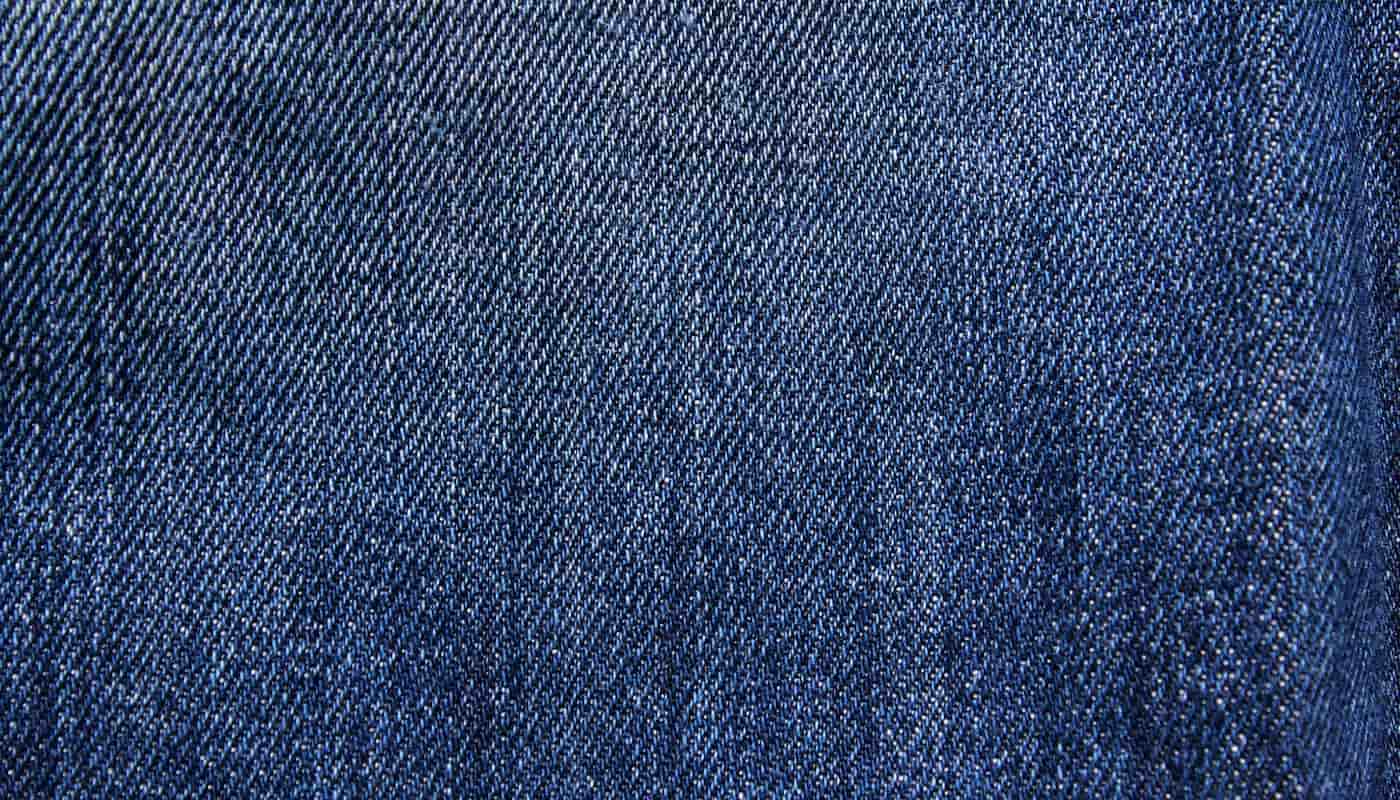Celebrating female inventors and entrepreneurs during Women’s History Month
Editorial Team
4 min read
Despite the glass ceiling, women entrepreneurs and innovators have been breaking boundaries for centuries. In many states, women weren’t able to own property—but that didn’t stop them from filing patents under their husband’s names. Today, women-owned businesses make up 42% of all businesses in the US, employing nearly 9.5 million people. Without women in business, we wouldn’t have blue jeans, the dishwasher, or critical medical procedures like laser cataract surgery and cancer treatments.
Celebrate Women’s History Month with this list recognizing a few of the achievements of female innovators and entrepreneurs, past and present.
Josephine G. Cochran—the dishwasher
Cochran was a wealthy socialite in Illinois in 1886. Though she had a team of servants to do her housework, Cochran started washing her fine china herself after discovering a few of the items had been accidentally chipped. Cochran realized that washing dishes is terrible, and decided to build a machine that could do the dishes for her. Cochran’s design was groundbreaking for its use of water pressure, rather than scrubber mechanisms, to clean dishes.
Ada Lovelace—the computer algorithm
Lovelace, the daughter of famous poet Lord Byron and Annabella Milbanke Byron, is credited as the first computer programmer and the writer of the first computer algorithm. She worked with her partner, Charles Babbage, who created a prototype of a digital computer. While translating his notes, Lovelace added her own thoughts and ideas—tripling his original text and making her own contributions to the new field of programming in the mid 1800s. The early programming language Ada is named after Lovelace.
Stephanie L. Kwolek—Kevlar
In 1966, Kwolek patented the process for making Kevlar after discovering the material as a chemist at the DuPont Research Lab in Delaware. Kwolek was working on creating synthetic fibers for DuPont, and in the process created a strong, lightweight, heat-resistant material known today as Kevlar. Since then, Kevlar has been used in bulletproof vests, protective equipment, and to replace asbestos after it was discovered to cause cancer in the 1970s.
Madame CJ Walker—hair care products
Walker is infamous as one of the first American female self-made millionaires. She invented a line of African-American hair care products in the late 1800s, selling the products directly to Black women and later employing a network of “beauty culturalists” to spread the word about her brand. Walker used her fortune to fund scholarships for women at the Tuskegee Institute and was a generous donor to the NAACP.
Ruth Handler—creator of Barbie and founder of Mattel
Handler, a somewhat controversial figure among feminists, believed that young girls needed “dolls with breasts” to play with instead of paper dolls, leading her to create the iconic Barbie doll. Today, the Barbie doll is one of the most iconic children’s toys around the world, generating $1.35 billion in sales in 2020. Handler started the Mattel company in her garage in 1945, growing the business to a Fortune 500 company.
Ann Tsukamoto—stem cell isolation
Tsukamoto was a scientist working in Palo Alto in 1991 when she patented the first method of isolating blood-forming stem cells, along with other members of her lab team. She currently holds 12 patents for her work in stem cell research. Tsukamoto is credited with making great strides toward developing more effective cancer treatments through her research.
Eliza Lucas Pinckney—indigo
Without Pinckney, would we have blue jeans? In 1739, Pinckney was struggling to help her family reduce their debt. She tried to grow experimental crops, such as ginger and alfalfa, before hitting on the indigo plant. Pinckney learned how to grow and cultivate indigo and set up a network to export the crop to England, where it was used to dye fabric. Her discovery led to the export of over one million pounds of indigo annually by 1775 from South Carolina alone.
Patricia Bath—laser cataract surgery
Bath came up with the idea for a less invasive way to remove cataracts in 1981. However, it took her almost five years to research, test, and apply for a patent for the final tool. The device, known as the laserphaco, uses a laser to get rid of cataracts. Bath was the first African-American female doctor to receive a patent for a medical purpose, and today, her device continues to be used worldwide.
Sara Blakely—Spanx
Blakely was named the youngest self-made female billionaire by Forbes in 2012 after inventing Spanx, body shapewear that’s grown into a multi-million dollar industry. “In the hopes of looking better in my fitted white pants, I cut the feet out of a pair of pantyhose and substituted them for my underwear,” said Blakely. “This allowed me to benefit from the slimming effects of the pantyhose’s ‘control top’ while allowing my feet to go bare in my cute sandals.” She caught a break after Oprah featured her garment on her talk show.
Read more about some of the leading female business owners and how they’re working to better our communities. Check out our Meet the Merchant profiles for stories from Clover merchants around the country and how they are making a difference.
Related Posts
Top shows & documentaries for entrepreneurs on Netflix, YouTube, and other streaming services
Full Service Restaurants (FSR)
Top 5 YouTube channels every full-service restaurant owner should watch
Popular Topics
Stay In Touch
Sign up and learn more about Clover.
Thank you for your subscription!
Recent Stories
- Jewelry store supplies and equipment needed for opening day
- How small businesses can use employee discounts to retain staff
- Tips and tricks for opening an outdoor pop-up restaurant
Please share your contact information
to access our premium content.
Thank you for sharing your contact information.
Download Now





